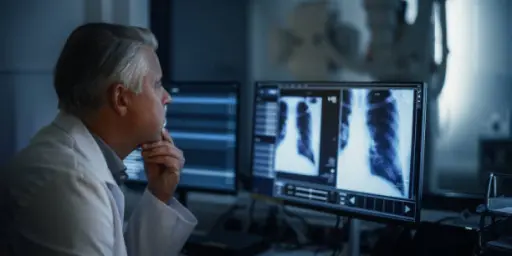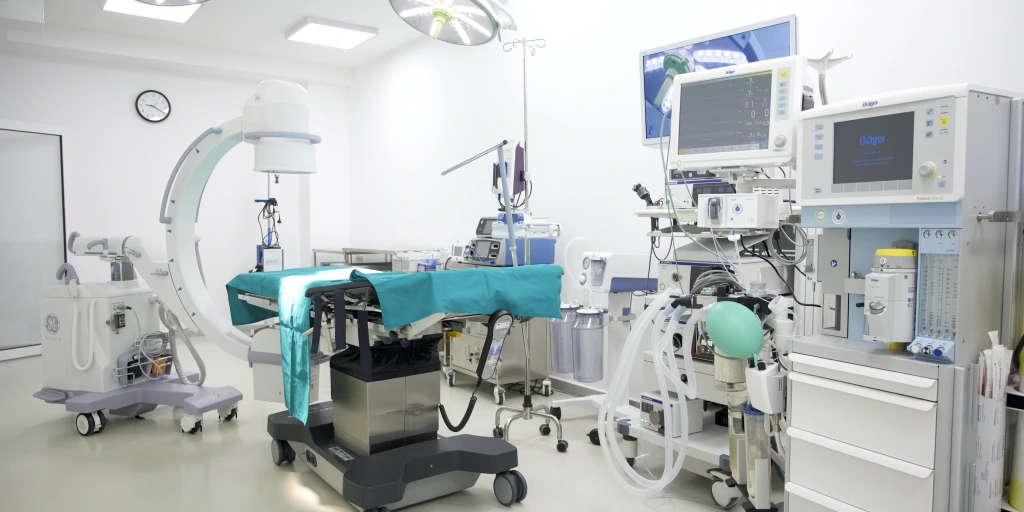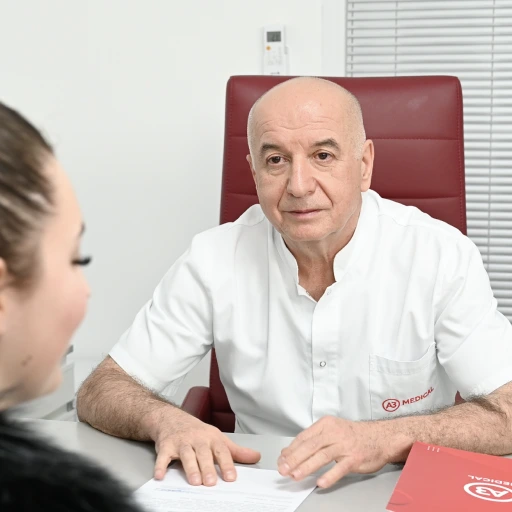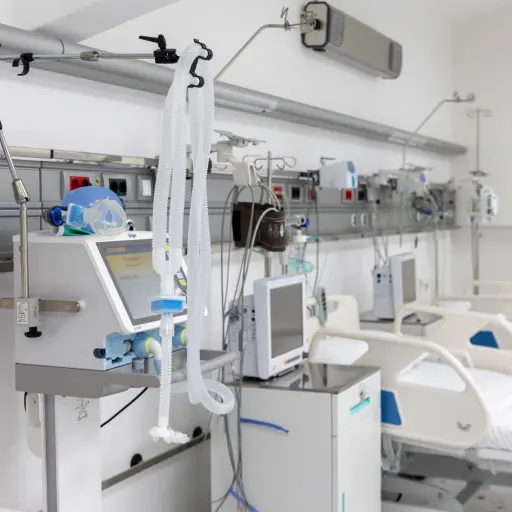General and Abdominal Surgery
Open and laparoscopic procedures for diseases of the stomach, small and large intestine, spleen, pancreas, liver, and appendix.
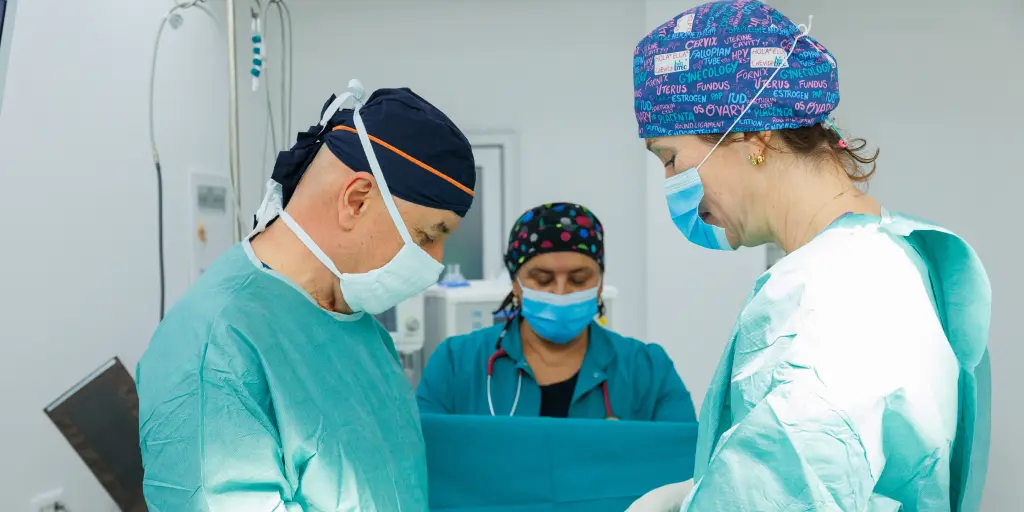
-
Renowned professors and specialists with advanced medical degrees
-
World-Class Operating Room with Cutting-Edge Technology
-
Recover in a Modern, Comfortable Environment


